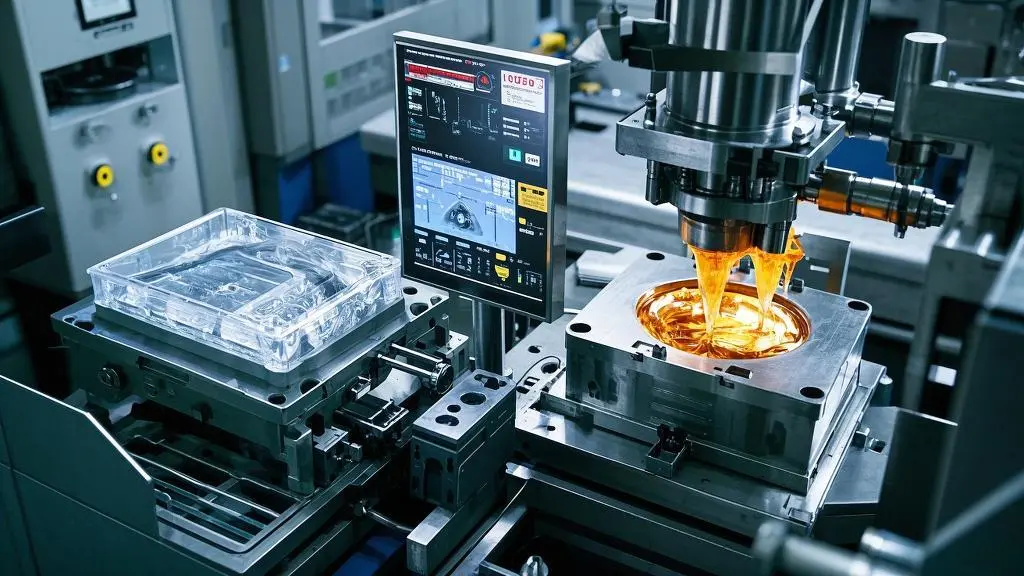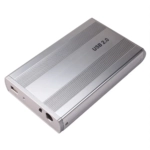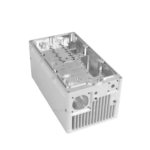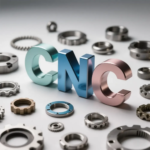Metal Injection Molding vs Die Casting: Choosing the Right Process for Your Metal Parts
CNC machining and advanced manufacturing technologies have revolutionized how metal parts are produced, offering unparalleled precision and efficiency. Two widely used processes—Metal Injection Molding (MIM) and Die Casting—each present unique advantages and challenges. This article provides an in-depth analysis of MIM vs. Die Casting, comparing their technical aspects, cost implications, and application scenarios to help you select the ideal method for your project.
1. What Are Metal Injection Molding (MIM) and Die Casting?
Metal Injection Molding (MIM)
Metal Injection Molding involves mixing fine metal powders with a binder to form a feedstock that is then injected into a mold. After molding, the part undergoes debinding and sintering, which removes the binder and fuses the metal particles. This process is ideal for creating complex small parts such as gears, medical devices, and precision components.
Applicable Materials: Stainless steel, titanium alloy, and tool steel are common in MIM due to their excellent mechanical properties and high-performance requirements.
Die Casting
Die Casting is a process in which molten metal is injected into a steel mold under high pressure. This method is particularly suited for thin-walled or medium-complexity parts like automotive components and electronic housings. The rapid cooling cycle and pressure ensure high dimensional accuracy and repeatability.
Applicable Materials: Common materials include aluminum alloy, zinc alloy, and magnesium alloy, chosen for their low density and excellent castability.
2. Key Differences Between MIM and Die Casting
Comparison Dimensions
- Part Complexity:
- MIM: Capable of molding parts with intricate internal features, micropores, and special shapes, making it suitable for complex geometries.
- Die Casting: Best for parts with simpler geometries and thin-walled structures.
- Tolerance & Surface Finish:
- MIM: Offers dimensional tolerances between ±0.3%–0.5% and a surface finish that can achieve Ra as low as 1.6 μm.
- Die Casting: Typically has dimensional tolerances of ±0.1–0.5 mm and a surface finish ranging from Ra 3.2 to 12.5 μm.
- Material Density:
- MIM: Produces nearly fully dense parts (97–99% of theoretical density).
- Die Casting: Parts may contain small pores, achieving a density of 95–98%.
- Minimum Wall Thickness:
- MIM: Can produce parts with a minimum wall thickness of around 0.5 mm.
- Die Casting: Typically yields a minimum wall thickness of 0.8–1.5 mm for aluminum, though zinc parts can reach 0.5 mm.
- Production Cost & Cycle:
- MIM: Higher mold costs make it more suitable for batches of 10,000+ pieces; the production cycle is longer due to debinding and sintering (24–48 hours).
- Die Casting: Lower mold costs allow for larger batch production (50,000+ pieces) with a very short cycle time—often under 60 seconds per part.
3. Industry Applications and Case Studies
MIM Advantage Scenarios
- Medical Devices:
- MIM is used for producing surgical forceps and dental implants. For example, using 17-4PH stainless steel with a surface finish of Ra 1.6 μm, manufacturers can achieve the necessary biocompatibility.
- Consumer Electronics:
- Production of micro gears and connectors with tight tolerances (e.g., ±0.05 mm) is a typical application.
Die Casting Advantage Scenarios
- Automotive Parts:
- Die Casting is ideal for producing gearbox housings and brackets. For instance, A380 aluminum alloy with tensile strength around 320 MPa is commonly used.
- Home Appliances:
- Die cast components such as radiators or housings made from AZ91D magnesium alloy achieve significant weight reduction (up to 35%) and cost efficiency.
Case Study 1: MIM Medical Device Parts
A medical manufacturer required 5,000 titanium alloy bone screws with a wall thickness of 0.6 mm. By using the MIM process combined with vacuum sintering, they achieved a density of up to 98.5% and reduced production costs by 40% compared to traditional CNC machining.
Case Study 2: Die Casting Auto Parts
An automotive company needed 50,000 aluminum alloy engine brackets delivered in four weeks. High-pressure die casting combined with T6 heat treatment improved tensile strength to 310 MPa, reducing the unit cost to $2.5 per piece while ensuring rapid production.
4. Material Selection and Performance Comparison
| Material Properties | MIM (e.g., Stainless Steel 316L) | Die Casting (e.g., Aluminum Alloy A380) |
|---|---|---|
| Tensile Strength | ~520 MPa | ~320 MPa |
| Hardness | HRC 30–35 / HB | 80–100 HB |
| Corrosion Resistance | High (passivation enhances) | Medium (often requires anodizing) |
| Maximum Operating Temperature | ~500°C | ~150°C |
MIM generally yields parts with superior density and fine tolerances, making it ideal for critical applications, whereas die casting excels in producing high volumes of parts quickly with acceptable mechanical properties.
5. Cost Analysis: MIM vs. Die Casting
Mold Cost:
- MIM: Complex molds cost between ¥20,000 and ¥100,000, amortized over large batches (10,000+ pieces).
- Die Casting: Simpler molds range from ¥10,000 to ¥50,000, ideal for high-volume production (50,000+ pieces).
Unit Cost:
- MIM: Approximately ¥1–10 per piece for large batches.
- Die Casting: Typically, ¥0.5–5 per piece for mass production.
Hidden Costs:
- MIM: Post-processing (sintering, finishing) may add 15–20% to the cost.
- Die Casting: Secondary processes (deburring, drilling) add an additional 10–15% cost.
6. Post-Processing and CNC Machining Synergy
MIM Post-Processing
Surface finishing such as sandblasting and electrolytic polishing (achieving Ra 0.4 μm) enhances the quality and functionality of MIM parts. Additional treatments like nitriding improve hardness (HRC 45+).
Die Casting Post-Processing
Die cast parts often undergo anodizing to improve corrosion resistance. CNC finishing processes like drilling and milling refine key mating surfaces, achieving tolerances of ±0.02 mm.
Great Light’s Integration Advantages
Great Light offers one-stop services that integrate MIM/die casting with five-axis CNC finishing. This seamless workflow ensures that prototypes are delivered rapidly—die castings in 48 hours and MIM parts in 7 days—while maintaining exceptional quality.
7. How to Choose Between MIM and Die Casting
Choosing the right process depends on several factors:
- For MIM:
Ideal for parts weighing less than 100 g with complex internal geometries (e.g., internal gears, porous structures). Best for high-performance materials like stainless steel and titanium, where near-net shape and biocompatibility are crucial. - For Die Casting:
Suitable for parts weighing between 50 g and 5 kg, particularly those with thin walls or simple geometries. Optimal for high-volume production where cost efficiency is paramount.
8. Future Trends in Metal Forming Technologies
MIM Innovation
Advances in nano powder technology are increasing sintering density to 99.5% and reducing defects. Multi-material MIM allows for the integration of conductive and insulating layers, enabling innovative electronic components.
Die Casting Innovation
Vacuum die casting minimizes porosity, improving mechanical properties by 10–15%. Semi-solid forming (SSM) is emerging as a technique to lower processing temperatures and save energy.
9. Why Partner with Great Light?
Technical Capabilities
Great Light’s MIM production line supports over 20 materials, including high-performance alloys, achieving a minimum wall thickness of 0.3 mm. Their die casting facilities feature 800T–2,500T machines ideal for large automotive parts.
Service Commitment
With zero MOQ—from one prototype to mass production—and global logistics ensuring delivery within 5–10 days, Great Light offers a comprehensive, one-stop solution.
Price Promise
Great Light provides competitive pricing with bulk discounts (15% off for 1,000+ orders, 30% off for 5,000+ orders) and free DFM optimization to reduce design defects and save costs.
Call to Action:
Submit your design now to get free process selection advice and a competitive quote.
10. Conclusion
Metal Injection Molding and Die Casting each have distinct advantages. MIM is best suited for high-complexity, small-volume precision parts, while die casting excels in large-volume, low-cost production. By integrating these processes with advanced CNC finishing, Great Light offers a comprehensive, one-stop solution that meets the demands of diverse industries—from aerospace to consumer electronics.
Take action now: Contact Great Light to explore how our integrated processes can accelerate your product development and bring your precision parts to market efficiently.










